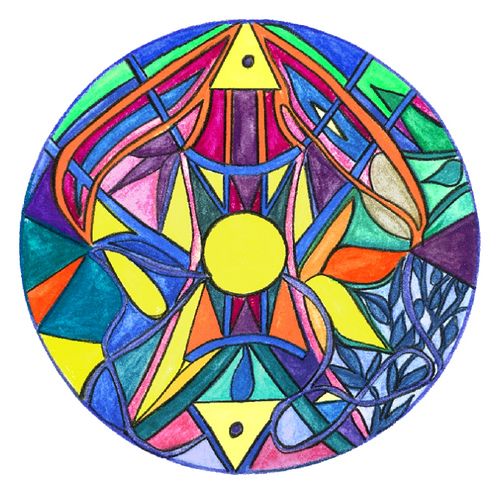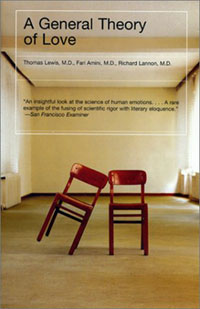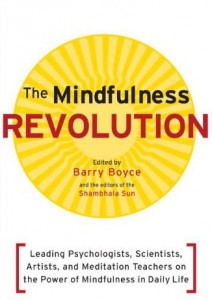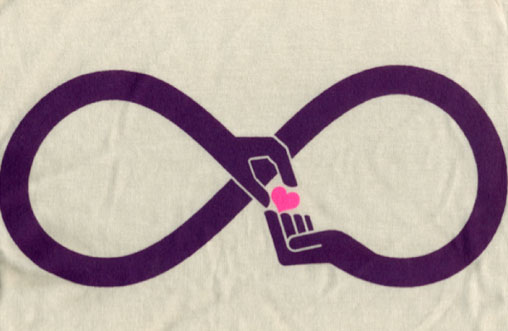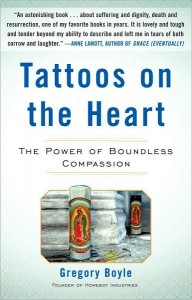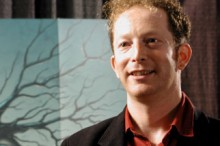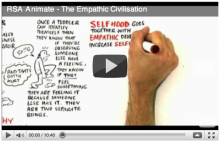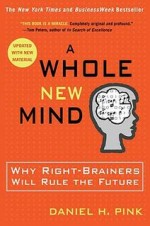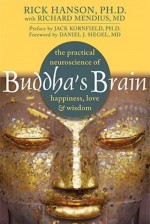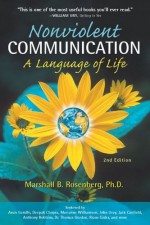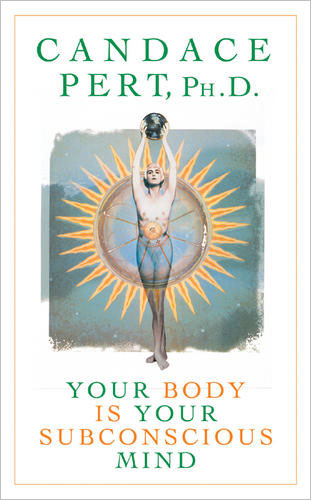Recipe for Loving Kindness
 COVID-19 has brought us inside which can be an invitation to look inside ourselves. We are literally on a retreat, retreating from the usual everyday business of our lives. Online offerings abound with opportunities to participate in group guided meditations and talks of many varieties. Recently I have participated in Tara Brach’s weekly podcast and a zoom celebration of Sharon Salzberg’s 10-year anniversary re-release of her book Real Happiness. The book is an inspiring read plus a Mindfulness “how to”. The Salzberg interview inspired me to listen to Dan Harris’s 10% Happier podcast interview with Salzberg ~ more inspiration!
COVID-19 has brought us inside which can be an invitation to look inside ourselves. We are literally on a retreat, retreating from the usual everyday business of our lives. Online offerings abound with opportunities to participate in group guided meditations and talks of many varieties. Recently I have participated in Tara Brach’s weekly podcast and a zoom celebration of Sharon Salzberg’s 10-year anniversary re-release of her book Real Happiness. The book is an inspiring read plus a Mindfulness “how to”. The Salzberg interview inspired me to listen to Dan Harris’s 10% Happier podcast interview with Salzberg ~ more inspiration!
Compassion for ourselves is key. “Metta” or “Loving Kindness” meditations positively influence us and our relationships.
Example of Loving Kindness meditation:
May I be Healthy
May I be Happy
May I be free from suffering
May I live with ease.
Then:
May you be healthy
May you ….
Repeating round one with a new pronoun for each round. The first round is wishing yourself loving kindness, then a loved one, then a more casual friend, then your community on out into the world: May all beings be healthy….
Chances are, if you practice this you will feel better, perhaps more motivated, and more able to be the person you would like yourself to be. Loving kindness is a self-actualization process. Sometimes it takes courage to push ourselves into action to actually experience the process and thereby reap the benefits. Can you find a 10-minute period during your day that you can commit to Loving Kindness or some form of meditation? You may miss a day. Then you return. Possibly finding that time can be a benefit of your COVID-19 “retreat” as it has been for so many others.
Here are some recommendations for COVID-19 and beyond:
Tara Brach on her Facebook page and YouTube offers weekly meditations at 7:30 PM ET. Click here for more details.
Dan Harris 10% Happier offers numerous podcasts, often with major meditation teachers. Harris is a self-effacing interviewer, mindfulness practitioner and asks good questions.
I invite any questions you have about this or any post.

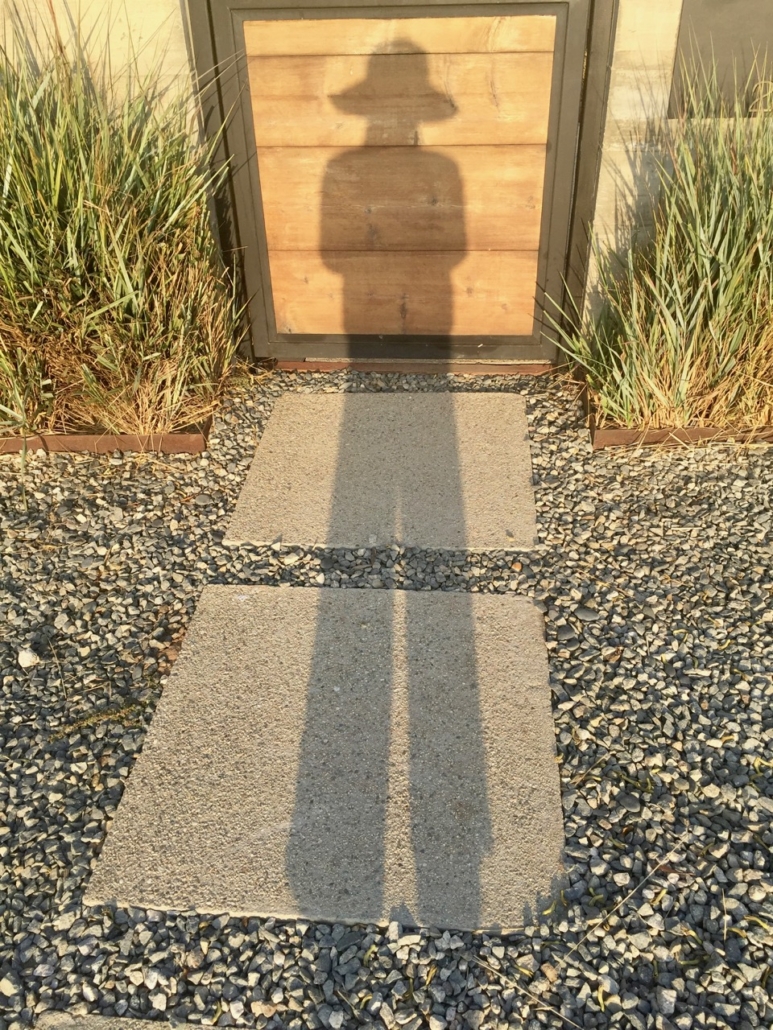 What brings you in to therapy? What story are you telling yourself? Have you considered the mind/body connection in relation to that story? Could you say it is a mind/body conflict that’s driving you to seek help?
What brings you in to therapy? What story are you telling yourself? Have you considered the mind/body connection in relation to that story? Could you say it is a mind/body conflict that’s driving you to seek help?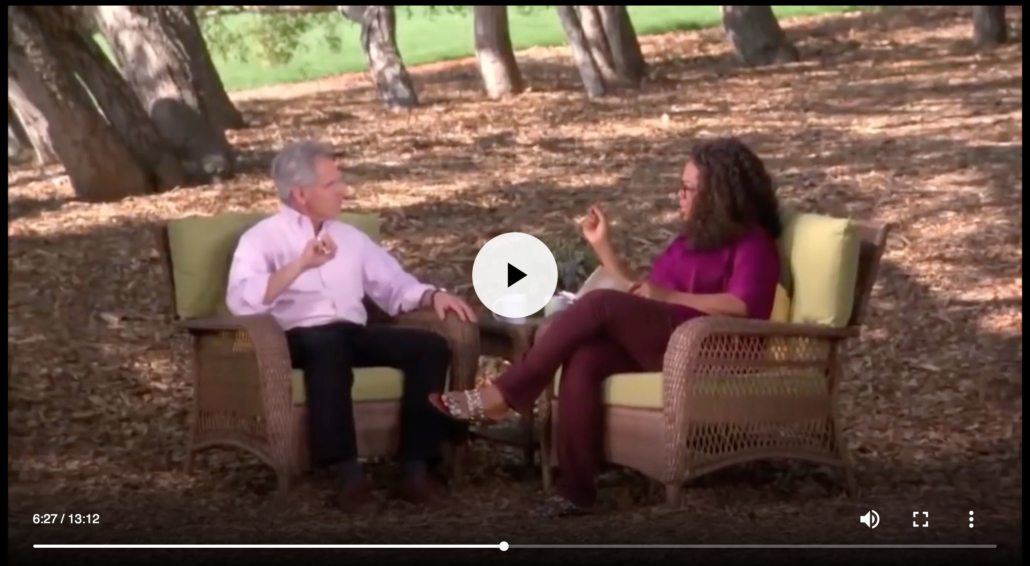
 I have spent the last week filled with the joy of inspiration driven by two disparate sources delivering arguably the same message. Father Boyle says we’re all nobly born and born wanting the same things. Dan Siegel says we are all born with the same plane of possibility. Father Boyle says there is a false idea out there that some people are lesser than others. Dan Siegel says that the idea of separate self results from an outdated social construct that still dominates our culture, which needs to be replaced by acknowledging our sameness with all life. Both Seigel and Boyle encourage us to embrace love and joy for ourselves and all existence.
I have spent the last week filled with the joy of inspiration driven by two disparate sources delivering arguably the same message. Father Boyle says we’re all nobly born and born wanting the same things. Dan Siegel says we are all born with the same plane of possibility. Father Boyle says there is a false idea out there that some people are lesser than others. Dan Siegel says that the idea of separate self results from an outdated social construct that still dominates our culture, which needs to be replaced by acknowledging our sameness with all life. Both Seigel and Boyle encourage us to embrace love and joy for ourselves and all existence.
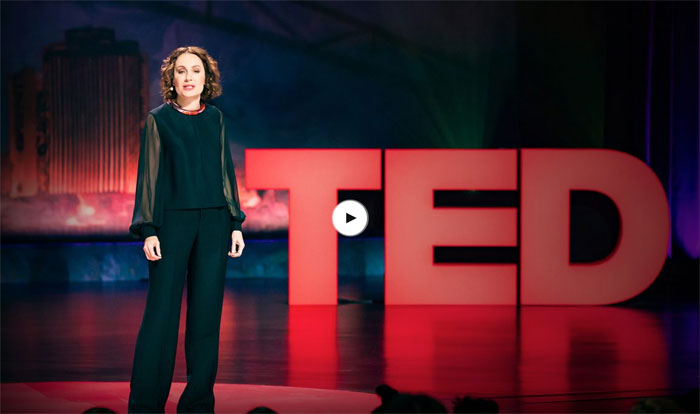


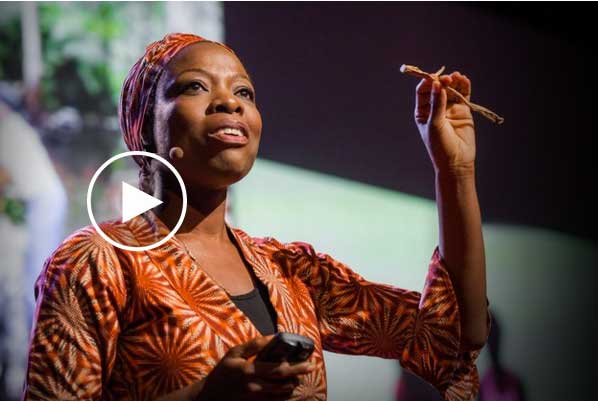
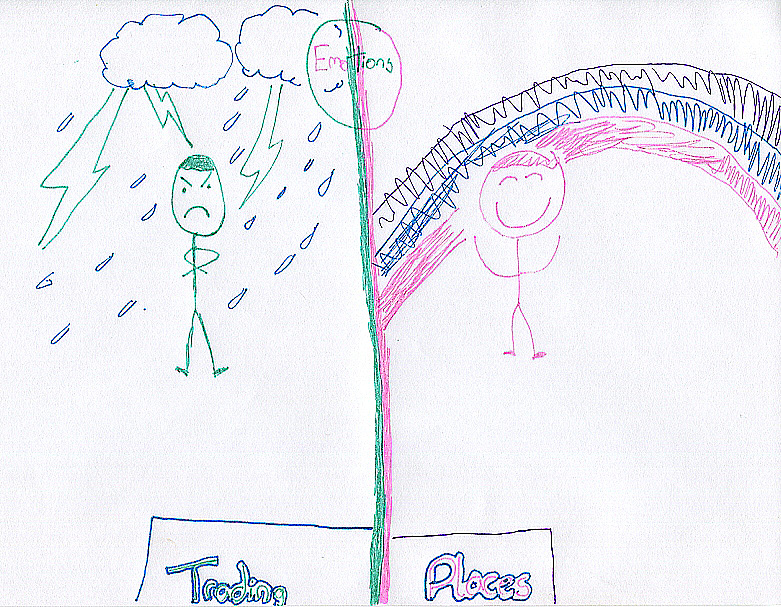

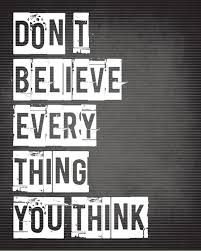 For 27 years I swam every day, first a mile, then ½ a mile. I plotted and schemed to fit my swim in to my schedule. Then one day many years ago, as I sat on the edge of the pool not wanting to go in I thought, “I have exercised almost every day of my life and a huge percentage of the time I have had this conversation going on in my head, something like: “I don’t feel like (in this case) swimming. This is taking too much time. I’m too tired,” and numerous other rationalizations. Then, I thought, “But how silly is this thinking? I know I’m going to swim. Well, I’ll just get in and if I don’t like it I can get out.” There were times that I conned myself for a whole mile. But I always swam and always felt better, even great, mentally and physically.
For 27 years I swam every day, first a mile, then ½ a mile. I plotted and schemed to fit my swim in to my schedule. Then one day many years ago, as I sat on the edge of the pool not wanting to go in I thought, “I have exercised almost every day of my life and a huge percentage of the time I have had this conversation going on in my head, something like: “I don’t feel like (in this case) swimming. This is taking too much time. I’m too tired,” and numerous other rationalizations. Then, I thought, “But how silly is this thinking? I know I’m going to swim. Well, I’ll just get in and if I don’t like it I can get out.” There were times that I conned myself for a whole mile. But I always swam and always felt better, even great, mentally and physically.


 Recently, I was at a year-end meeting of the Los Angeles Unified School District (LAUSD) Adult Education Division, in which I am credentialed. I was reminded, by inspiring words from retiring teachers, of my experience counseling children directly, teaching parenting, consulting with teachers and supervising Marriage Family Therapist Interns who counseled kids at the schools.
Recently, I was at a year-end meeting of the Los Angeles Unified School District (LAUSD) Adult Education Division, in which I am credentialed. I was reminded, by inspiring words from retiring teachers, of my experience counseling children directly, teaching parenting, consulting with teachers and supervising Marriage Family Therapist Interns who counseled kids at the schools.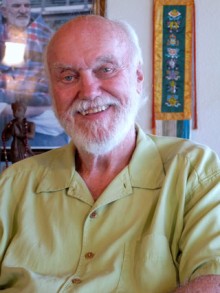
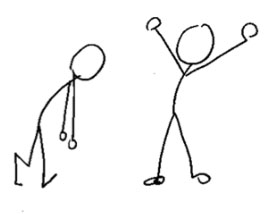 How or what are you feeling now? Right now notice your posture. Is your back straight, your heart held high? Or are your shoulders rounded, your body forming the letter C?
How or what are you feeling now? Right now notice your posture. Is your back straight, your heart held high? Or are your shoulders rounded, your body forming the letter C?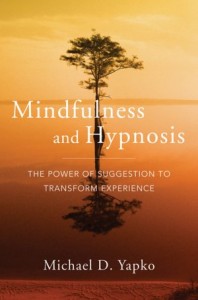

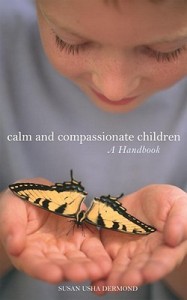 Calm and Compassionate Children,
Calm and Compassionate Children,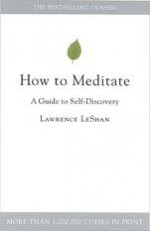
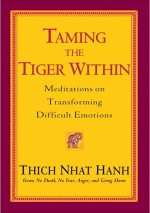 Taming the Tiger Within, Meditations on Transforming Difficult Emotions
Taming the Tiger Within, Meditations on Transforming Difficult Emotions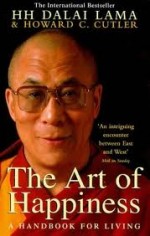 The Art of Happiness, A Handbook for Living
The Art of Happiness, A Handbook for Living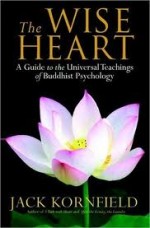 The Wise Heart, A Guide to the Universal Teachings of Buddhist Psychology
The Wise Heart, A Guide to the Universal Teachings of Buddhist Psychology When Things Fall Apart, Heart Advice for
When Things Fall Apart, Heart Advice for






